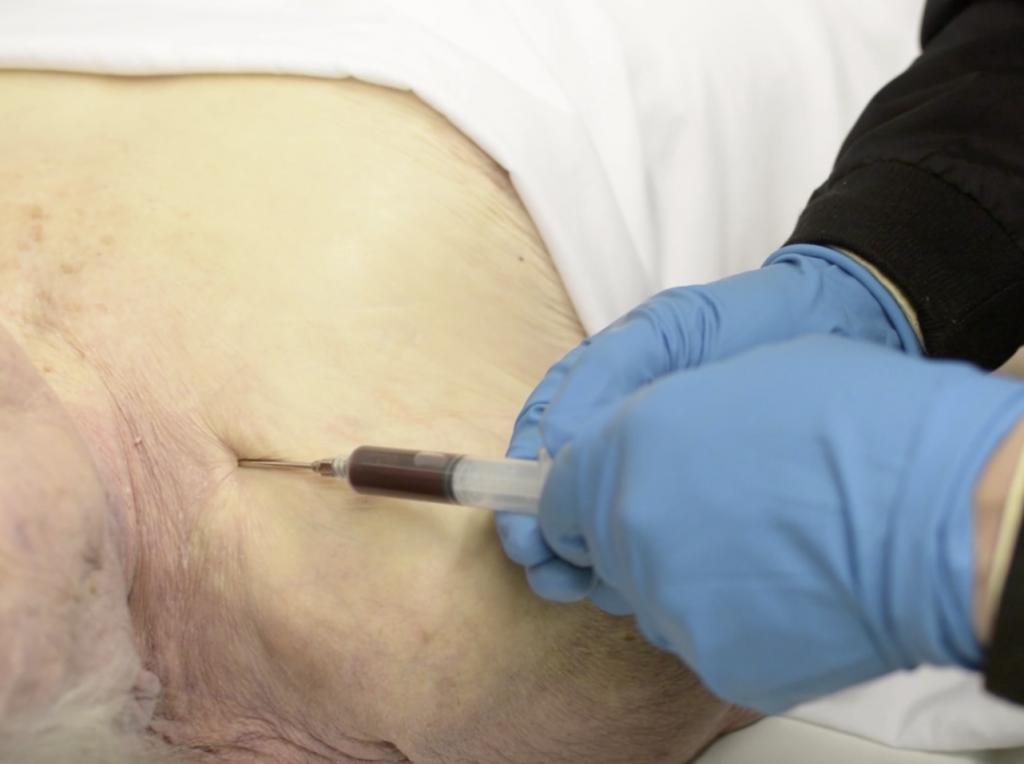 Toxicology testing is a vital piece of the post mortem investigative puzzle. Many investigators confuse the importance of toxicology in cases where no autopsy is being conducted. An even greater danger is submitting fluids for testing but then making an incorrect determination because of the miss-interpretations of the results.
Toxicology testing is a vital piece of the post mortem investigative puzzle. Many investigators confuse the importance of toxicology in cases where no autopsy is being conducted. An even greater danger is submitting fluids for testing but then making an incorrect determination because of the miss-interpretations of the results.
To better understand the dangers and pitfalls we face let’s take a look at five case studies that illustrates how toxicology can be used.
The following is an excerpt of an article written by today’s guest in Forensic Magazine
Not even doing toxicology
There’s a dead man in his locked trailer, naked in bed, no drug paraphernalia at the scene and no signs of foul play. The local coroner finds out the decedent’s medical history included an untreated dental abscess, and signs the death certificate without performing an autopsy. When the dentist gets sued, what is the first thing the forensic consultant on that case asks for? Toxicology. Luckily, the coroner’s investigator collected enough blood and vitreous humor to perform toxicological analysis—and it shows a sky-high methamphetamine level. This finding dovetails with his dental pathology (“meth mouth” is a known complication of chronic amphetamine abuse), and helps the dentist’s lawyers defend him in the lawsuit. The lesson? Just because there are no drugs at a death scene doesn’t mean you shouldn’t perform an autopsy to collect specimens for toxicology, especially if the decedent has a history of chronic abuse.
Not communicating with the toxicology lab
A young schizophrenic woman has a psychotic break, and her roommate calls the cops. Responding officers find her ranting, and brandishing a screwdriver. She comes at one of them, and he shoots her to death. The gunshot wounds makes for a clear enough cause of death, but on the toxicology form, the forensic pathologist neglects to inform the toxicologist about the decedent’s prescribed medications. When the tox screen comes back negative, the pathologist then writes in his report that the decedent hadn’t been taking her medication at the time of her death. He never calls the lab to confirm this assumption—but, weeks later, a local newspaper reporter does. When the tox lab then runs the tests for the prescribed antipsychotics, it turns out the result is positive. The pathologist’s reputation is damaged. Always remember that routine enzyme-based screens will not pick up all drugs. It pays to double check that the lab tested for any specific medications the decedent was supposed to be taking, especially in a high-profile case.
Looking only at the numbers
One hot summer evening, a guard outside a chronic pain clinic finds the decomposing body of a middle-aged woman in her parked car. She has the keys and her purse still clutched in her hands. She had been seen at the clinic that morning, hours before. The autopsy pathologist finds high levels of multiple opioid analgesics, and determines that the death was an overdose. The family sues the pain clinic and the drug manufacturer. During document discovery the dead woman’s medical records reveal a past diagnosis of cardiac arrhythmia. The drug levels? They were already high because the decedent was a chronic, tolerant user, appropriately prescribed; but they were also spuriously elevated due to post-mortem redistribution, the passive diffusion of drugs in a decomposing body that can cause higher detected levels than when the person was alive. Why did the pathologist ignore the woman’s heart disease and blame the drugs? Because the opioid levels were high. You cannot focus solely on the numbers—you have to look at the whole case. In this one, the facts of the case pointed to a sudden cardiac arrest, and not to a slow death by respiratory depression as in an opioid overdose.
No scene investigation
An elderly woman is declared dead in the emergency room. Her husband says that she was snoring all night. He called 911 in the morning, when she wouldn’t wake up. On autopsy the pathologist finds a diseased heart, and signs out the case as a death by natural disease. Then, while preparing the house for the funeral, the husband finds the woman’s recently-prescribed but empty medication bottles, and brings them to the coroner’s office. In the toxicology report, the woman’s drug levels appeared high but within therapeutic range, so the pathologist hadn’t considered poisoning as a cause of death. The distended bladder he pulled out of her body on autopsy should have steered him to take a closer look at the tox, however. Sleeping patients who are not intoxicated will wake up and go to the bathroom. A bladder with 400 or 500 ml of urine in it may be a signal that something is causing central nervous system depression. Turns out this was a suicidal overdose of prescription medication. The decedent was not just asleep in bed—she was in a coma, and had been metabolizing the drugs for hours while unconscious. When a patient dies in the hospital, death investigators might not go to the primary scene to collect evidence—such as, in this case, the medications. If the decedent’s husband had not alerted the coroner, her death would have been misclassified as natural.
A negative toxicology report does not mean the death is not drug-related
A psychotic prisoner is booked into jail, and the medical staff there change his usual anti-psychotic medication to a different one that they have in their dispensary. He develops a high fever with altered mental status, and goes to the hospital, where that medication is discontinued. He dies a week later, with pneumonia and kidney failure from muscle breakdown. The hospital blood specimens come up negative for all drugs, so the pathologist consults a forensic toxicologist. The toxicologist reviews the medical records and concludes that the change in prescribed medications at the jail had likely triggered a fatal drug reaction. Post-mortem drug tests can come up negative for many reasons, and drug-drug interactions and adverse reactions can lead to death days or even weeks after they occur. Sometimes a toxicologic cause of death may not be apparent without a thorough review of the medical record and consultation with a forensic toxicologist.
Whew. Daunting? Yes. But avoid these five pitfalls, and you will find that toxicological avenues of death investigation can lead to some of the most interesting cases we forensic pathologists have the privilege of investigating.
 Dr. Judy Melinek is a forensic pathologist and does autopsies for the Alameda County Sheriff Coroner’s office in California. Her New York Times Bestselling memoir “Working Stiff: Two Years, 262 Bodies and the Making of a Medical Examiner,” co-authored with her husband, T.J. Mitchell, is now out in paperback. She is the CEO of PathologyExpert Inc.
Dr. Judy Melinek is a forensic pathologist and does autopsies for the Alameda County Sheriff Coroner’s office in California. Her New York Times Bestselling memoir “Working Stiff: Two Years, 262 Bodies and the Making of a Medical Examiner,” co-authored with her husband, T.J. Mitchell, is now out in paperback. She is the CEO of PathologyExpert Inc.

